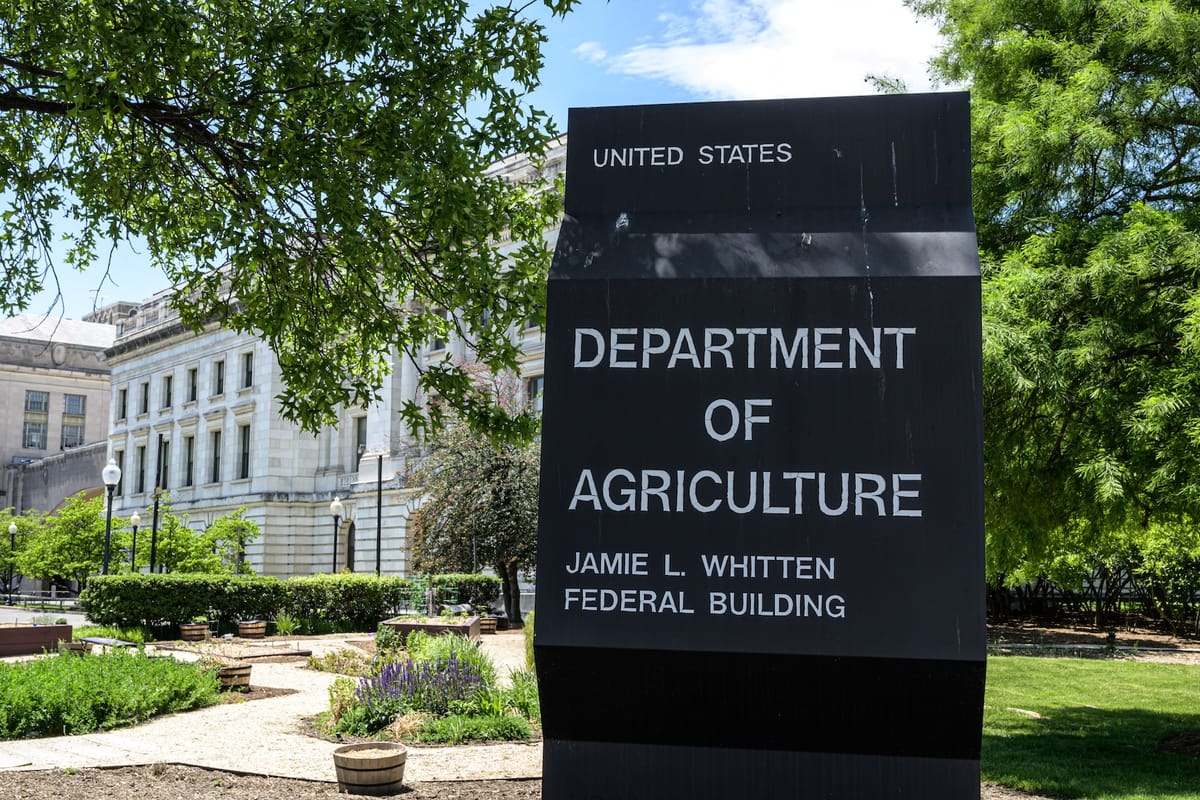

Massive Workforce Reduction at USDA Signals Change
A significant shift is underway at the U.S. Department of Agriculture (USDA), where more than 15,000 employees have accepted a federal buyout offer. This move, which includes resignations and early retirements in exchange for months of paid leave and benefits, marks a substantial reduction in the department's workforce. The initiative is part of a broader effort to streamline operations under the leadership of Agriculture Secretary Brooke Rollins.
The buyout offers were rolled out in two phases, with just over 3,800 workers accepting the first offer in February, followed by more than 11,300 taking the second offer in April. Despite the significant number of departures, the USDA remains committed to maintaining its core functions. A spokesperson emphasized that critical work will not be compromised during this transition.
Focus on Efficiency and Support for Farmers
Secretary Rollins's vision for the USDA centers on making the department 'more effective and efficient,' according to a statement from a USDA spokesperson. The priority is clear: to better serve farmers, ranchers, and producers who form the backbone of America's agricultural sector. This restructuring aims to eliminate redundancies and redirect resources to where they are most needed.
The spokesperson further noted that the department is working to ensure that the reduction in staff does not hinder its ability to deliver essential services. This approach reflects a commitment to fiscal responsibility while maintaining support for rural communities and agricultural innovation.
As the USDA adapts to these changes, there is an evident focus on aligning resources with the needs of those who feed the nation. The buyout program is seen as a step toward a leaner, more responsive agency that can better address the challenges facing modern agriculture.
Details of the Buyout Program
The federal buyout program offered USDA employees a financial incentive to leave their positions, either through resignation or early retirement. Participants received months of paid leave and additional benefits as part of the package. This initiative was designed to reduce costs and reallocate funding to priority areas within the department.
While the exact savings from the buyout have not been disclosed, the scale of the workforce reduction suggests a significant impact on the USDA's budget. Over 15,000 employees departing represents a notable portion of the department's staff, prompting questions about how remaining responsibilities will be managed.
Looking Ahead for USDA Operations
With such a large number of employees exiting, the USDA faces the challenge of maintaining its operational capacity. However, leadership remains confident that strategic planning will prevent any disruption to key programs. The emphasis on prioritizing agricultural stakeholders signals a targeted approach to resource allocation.
Dues are $12 per year. Member benefits:
✅ Ad-Free Website Viewing
✅ Advocacy for Republican Seniors
✅ 120+ Senior Discounts
✅ Member Only Newsletters